‘The timeless appearance and the beautiful, relaxing interior have been very successful’
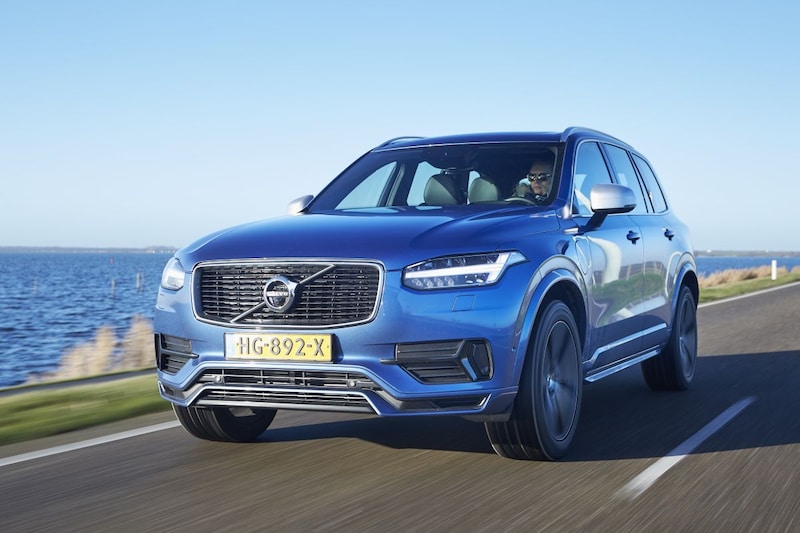
It’s hard to imagine, but the current Volvo XC90 has been with us for almost ten years. In July 2014, Volvo stopped production of the first generation XC90, and from then on continued to show new parts of its successor. We got to see it in full at the end of 2014, after which production started in early 2015. Volvo knocked down a lot of hallowed houses with this model. How do customers respond to this?
The most sensational step for the brand must have been saying goodbye to the iconic five-cylinder. Both the petrol and diesel engines were replaced by one and the same 2.0-litre four-cylinder engine. Depending on the version, it had (considerably) more or less power, but the most sensational was the plug-in hybrid with a system power of no less than 407 hp. This version became quite popular, thanks to the business tax benefit.
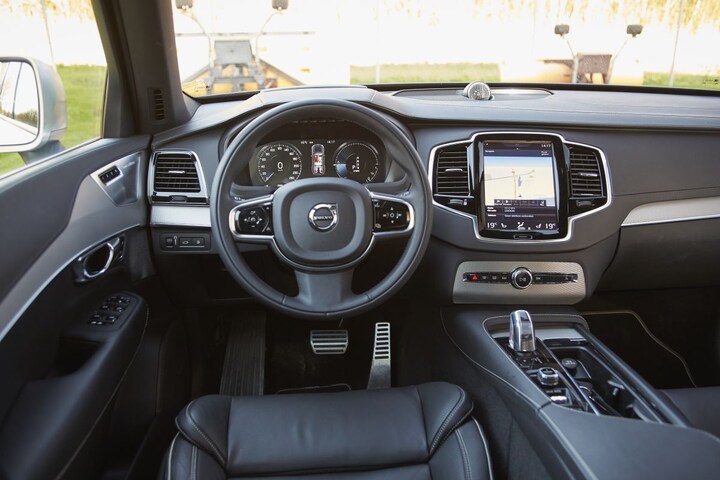
Interior, space and seating comfort
Volvo also took a big step in the field of comfort and decoration options. One rider describes what his configuration looks like. “A beautiful and luxuriously finished interior with a fantastic Bowers & Wilkins sound system and, compared to the ‘standard’ Inscription equipment, also a Scandinavian line package, a Winter line package, air suspension, a head-up display, memory seats, privacy glass, 21-inch wheels and running boards.” A version that the first generation XC90 has no answer to.
Another rider also takes in the new choices. “I have been driving a Volvo for over fourteen years now and I have been looking forward to this new XC90 for a long time. The driving comfort, luxury and Scandinavian styling seemed to completely match my wishes,” he writes. “There is nothing wrong with that beautiful styling, although you must of course be a fan of the modest, sometimes almost nihilistic design choices. That’s not everyone’s taste, but it certainly is mine! The timeless appearance and the beautiful, relaxing interior have been very successful,” he concludes.
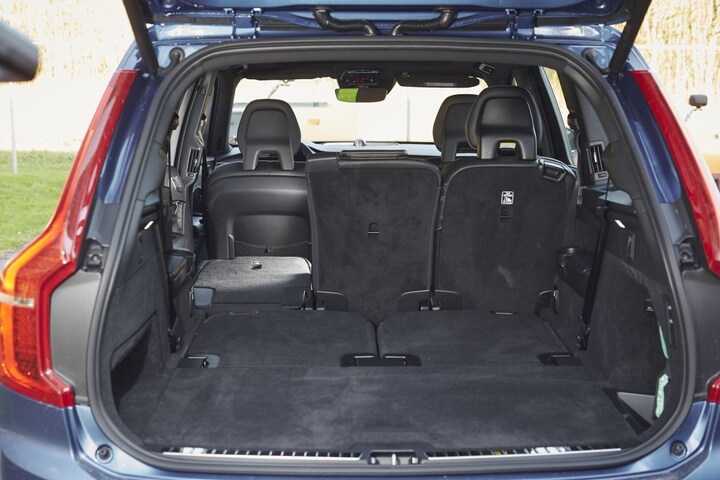
Is the interior, in addition to beautiful, also somewhat practical? “In daily use, the car fully meets our needs!” writes a third XC90 driver enthusiastically. “Take your children and dog with you, and still have enough space to take things with you (read: all your household goods). Went out twice with seven people. If the distance is not too great, this can be done with adults.”
Previously, it always applied: who says Volvo, says chairs. We expected the same with this XC90, but few riders comment on the furniture. Those who do are positive. “The seats are very comfortable and it would be strange if you couldn’t find a comfortable seating position,” writes the driver about his luxurious XC90 Inscription. “The seats are widely adjustable and offer a lot of comfort,” writes another Inscription driver, who adds: “The ventilation is a pleasant thing in the summer.”

How does the XC90 drive?
You already saw it under the previous heading: for the first time, the XC90 is available with air suspension. It seems that quite a few drivers chose this, including the following drivers. “The Volvo is equipped with air suspension and this makes it a very pleasant travel car,” says the driver of a plug-in hybrid from 2016. “Where I preferred to avoid stelcon plates in my previous Audi, this one cruises quietly over them. It is of course not a sporty car, but otherwise the XC90 is neutral in its handling.”
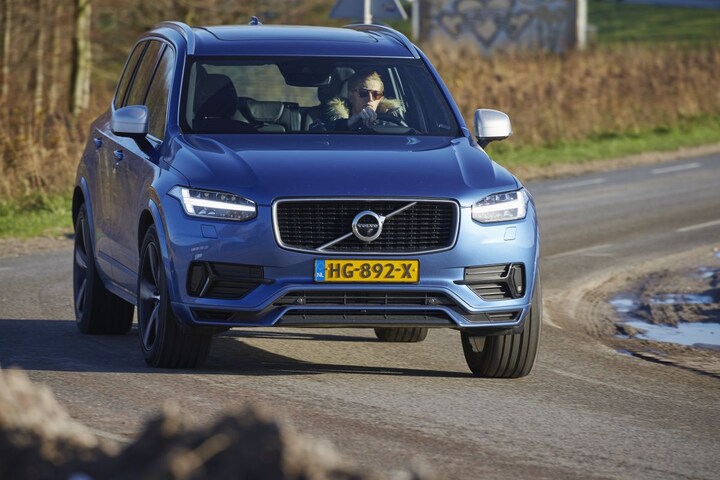
What is meant by ‘neutral’? “In terms of the driving experience, I can only say that it is very comfortable to drive, but despite the air suspension you do notice that you are driving a large, heavy car,” explains a diesel driver. “Sporty driving clearly does not suit the car, but fortunately I am also a calm driver.” Another D5 driver endorses this. “With the air suspension in Comfort mode on secondary, winding roads, you sometimes get the impression that you are on a boat. In Dynamic mode it is better in corners.”
The driver of a 407 hp hybrid delves deeper into the dynamics. “As far as steering behavior is concerned, it obviously takes some getting used to. This is a 2,250 kilo SUV that has very comfortable suspension and light steering in Hybrid mode. The great thing is that you can also put it in Power mode, where the car becomes lower and steers more directly and heavier.” The result of all this? “The fact remains, of course, that you don’t drive around the roundabouts as tightly and quickly as with a 5-series, but you know that with a car like that.”

Engines and drivetrain
We already said that Volvo made rigorous choices in the field of propulsion. A choice that, as it turns out, does not come together. We start with the D5 diesel drivers. The first driver starts by assessing the eight-speed automatic transmission. “Volvo did not do a good job shifting gears. When driving away, there is a delay in the car’s response. So slipping away somewhere, for example, is not possible and gives the feeling that you are asking too much of the block.” About the diesel itself: “The block, a four-cylinder, is much too noisy for this category of cars. It looks like an old Ford Transit block, which is a shame.” An opinion shared by another D5 driver. “The performance is more than adequate. You do notice that the four-cylinder diesel makes a lot of noise when accelerating and under heavy loads.”
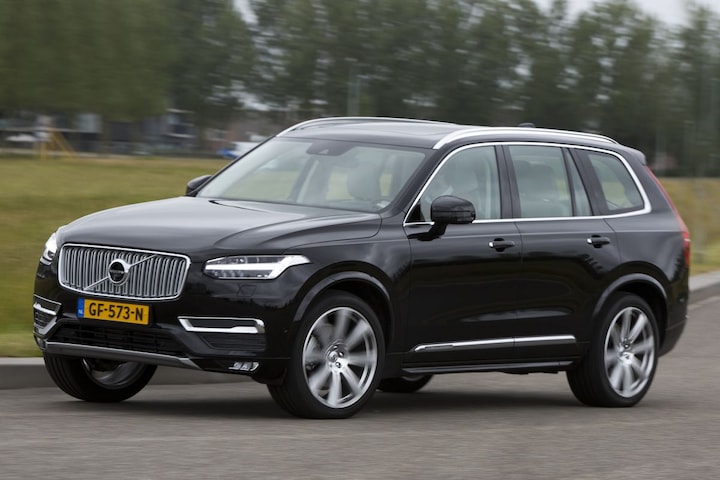
Then the plug-in hybrid T8, which can be driven completely electrically if desired. This option is fully utilized by owners. “Range range in terms of electric driving is sufficient to come to the office in our case,” writes the driver of such an XC90 T8. Which range should we consider? “A 30 km at a constant speed and 22 through city traffic is doable.” If there is no charging, the image will look different. “Commuting is approximately 30 kilometers one way (both highway and inland road) and the consumption without charging is still a neat 1 in 10 after three weeks,” says a driver while waiting for his own charging facilities. “Due to a move and the Christmas period, no charging stations have yet been installed at my home address or at the office, but I think a consumption of 1 in 10 without charging the car is more than decent with this weight of more than 2,100 kg!”
Another driver thinks ‘neat’ is something else, but is pleased with the potential of the drivetrain. “With 407 hp and a lot of torque, the performance of this large car is of course fantastic. Especially in the ‘Power’ mode, it pulls well and you can reach 130 km/h in no time. It pulls well up to 180 km/h, but after that it loses some of its spirit. At least, the last stretch to the top speed is not too fast.” As far as he is concerned, driving at top speed is not recommended anyway. “The consumption in combination with the small tank of 50/55 liters is one thing. During the week I commute to work on the battery (27 to 35 kilometers of range, depending on the weather), but on petrol it is difficult to achieve 1 in 10. The practice is 1 in 8 on the highway (140 km/h) and 1 in 6 in the city and with a cold engine. On the German highway the car barely reaches 1/7 and you have to refuel every 350 km.” The modest fuel tank is an annoyance to several drivers, including those of an XC90 with a diesel engine.
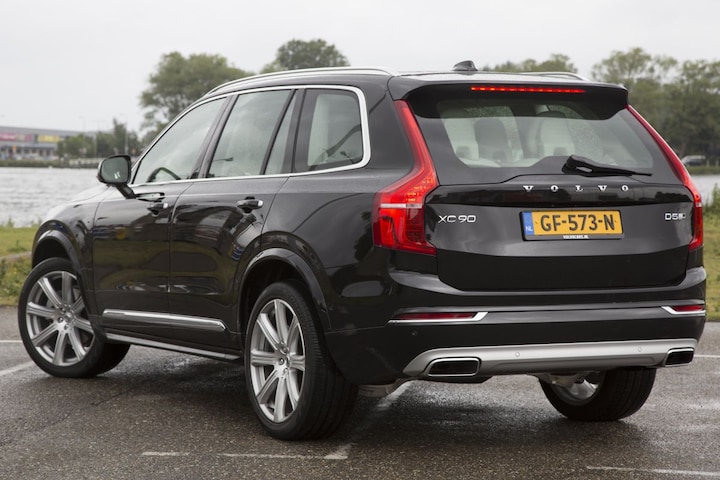
Maintenance, malfunctions and irritations
When it comes to reliability, Volvo has a reputation to uphold. After all, enthusiasts claim that a Volvo with 300,000 kilometers on the clock has ‘just been broken in’. Or was that at 400,000 kilometers? In any case, it does not seem that the second generation XC90 does justice to this image. Several owners are reporting problems with their SUV. “Sometimes it doesn’t start,” writes the driver of an early example. “All electronics seem to work, but he doesn’t throw it ‘in gear’. So ‘PRNDB’ on the display remains absent.” The solution? “Two options: the roadside assistance technician does the trick or you do it yourself. Our mechanic had already had four T8s with the problem in the past week, so they are all affected by it.” Fortunately, the problems are resolved over time. “The positive points of my previous report remain, some negative ones have been resolved. In particular, the malfunctions no longer occur after two software updates,” this rider later adds to his story.
Other plug-in drivers are also reporting problems. “It is not a pristine car in terms of quality,” says an otherwise enthusiastic owner. “Certainly in the first 10,000 km, I was at the dealer at least once a month with all kinds of (minor) faults, all of which were resolved properly.” This driver expresses his concerns about the build quality: “On the outside, plastic parts (sheet metal) are coming loose and it is a shame that the driver’s seat wrinkles. However, the use of materials in the car is excellent, the car is squeak and creak-free and doors, levers and buttons feel solid and solid.” More drivers are complaining about the quality of the seat upholstery. “The leather is curling up and discolouring and needs to be replaced,” we read, as well as: “The mileage is at 100,000 and in the meantime the leather on the front seats has been replaced.”
Defective turbos
We are almost used to the fact that an advanced hybrid can cause some technical start-up problems. That is why it is all the more noticeable that D5 diesel drivers also report problems. The next driver had to deal with it after 132,000 km, after the car was purchased at 89,000 kilometers. “March 2022, loss of power when driving. Just a new turbo for the low revs, because the high revs were still fine. Costs: €2,000. Everything was neatly arranged by the garage.” There will also be a surprise at 173,000 km. “Now, 2023, MOT, and here our fantastic government comes around the corner again: soot measurement, yes, sir, too many emissions. Costs: €1,700. And this of course on top of the regular maintenance of €1,000.”
Another driver bought the car with 124,000 km and was confronted with a similar problem a little later. “Suddenly the car went into limp mode, so it had to go to the garage. What turned out was that the turbo was broken. We don’t know what caused it.” Good news: “The turbo was neatly replaced under warranty and on to many problem-free kilometers. Hopefully it stays this way.” This driver has not reported since, so we hope for his sake that the car is now problem-free.
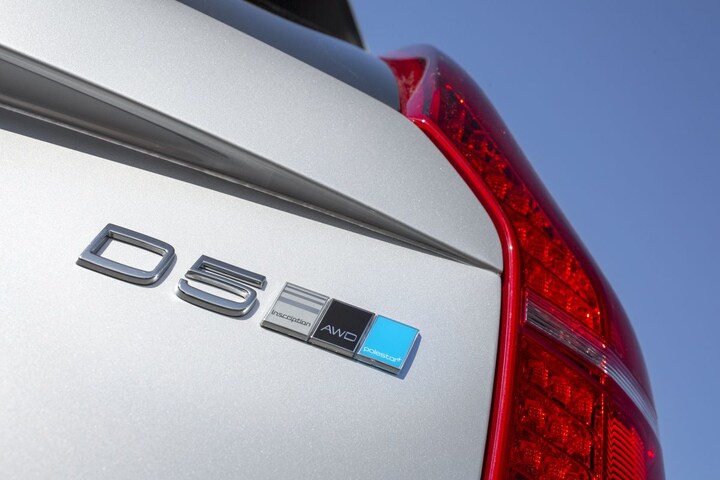
With the new XC90, Volvo clearly took a new path. That seems to have partly worked, because the luxurious feeling is good. Practical capabilities were not overlooked, because the car is quite versatile. Yet there are also complaints. According to drivers, the diesel engine makes too much noise and does not match the comfort experience. It also appears that turbos can fail prematurely. The plug-in hybrid satisfies owners more, although it fails to disguise its heavy weight. In both cases the fuel tank could be larger. That is a problem that will be solved with the successor to this XC90: after all, this Volvo EX90 is always fully electric.
– Thanks for information from Autoweek.nl